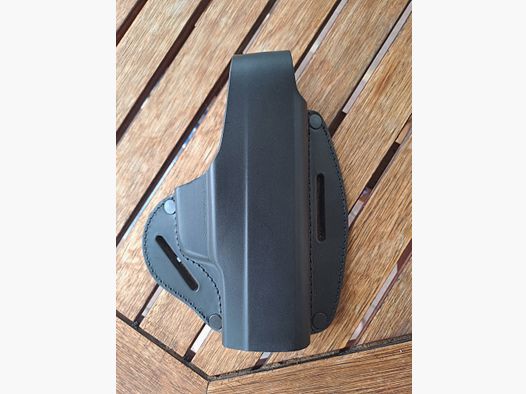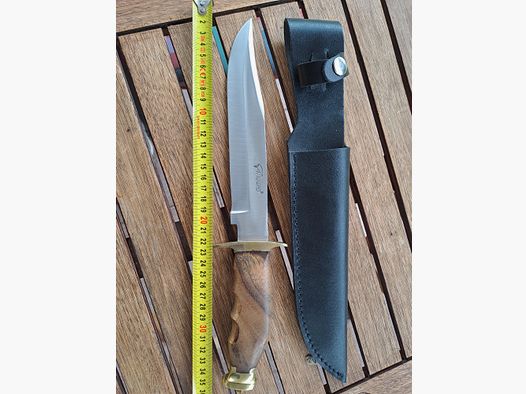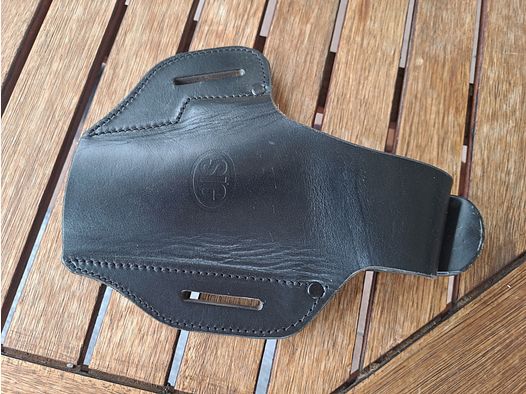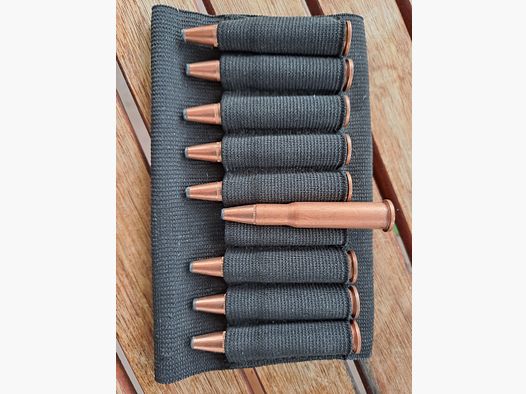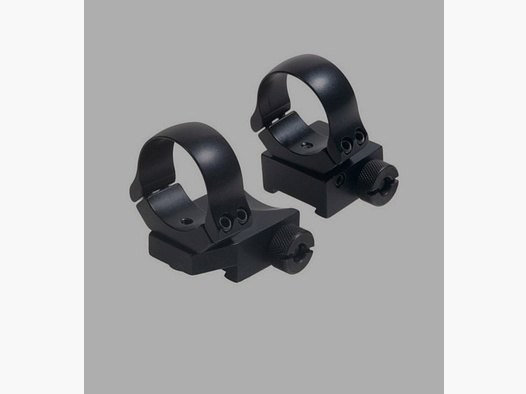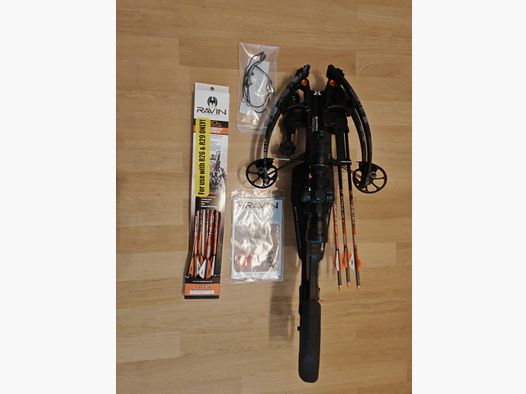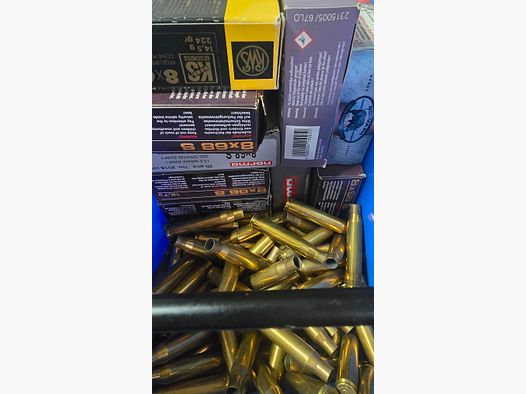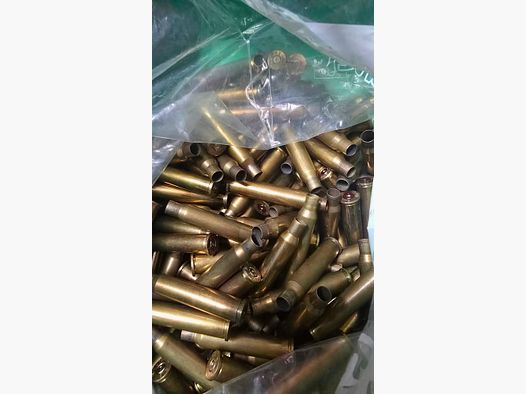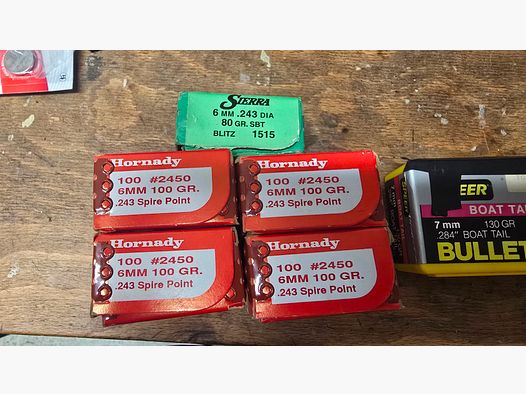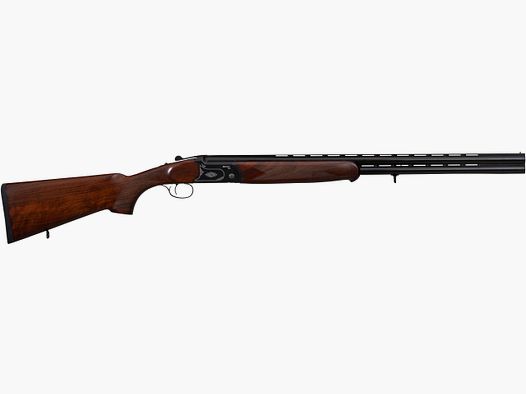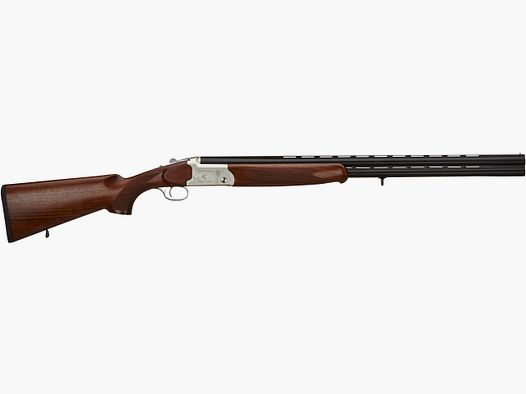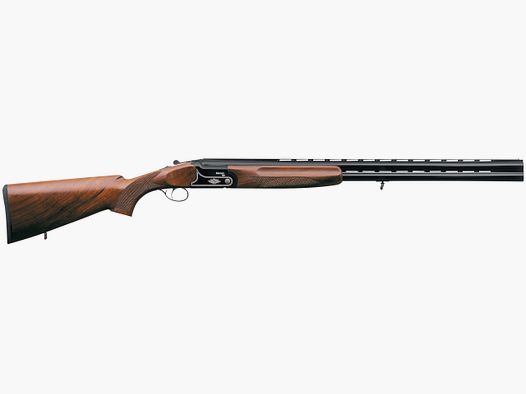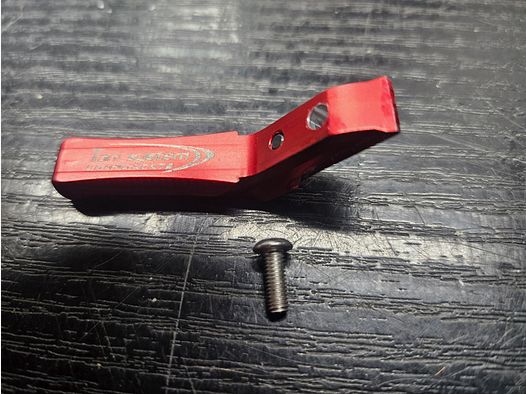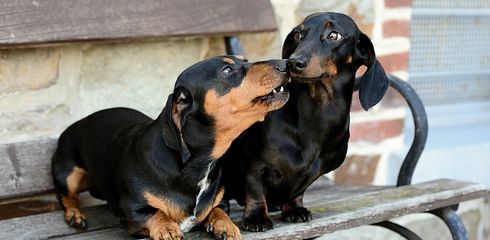What is an Alpine Dachsbracke?
The Alpine Dachsbracke is a dog breed that was originally developed for hunting badgers and other small animals in the Alps. This small and agile breed has a long nose and a keen sense of smell, making it an effective hunter.
The Alpine Dachsbracke is a robust and resilient animal, suitable for life in the mountains. Although it was originally bred for hunting, it is also popular as a family dog due to its affectionate and friendly nature.
This breed requires a lot of exercise and physical challenges daily to stay happy and healthy. It is important for the Alpine Dachsbracke to receive regular training and socialization to control its restlessness and hunting instincts.
Like any dog breed, the Alpine Dachsbracke can have certain health issues, such as ear infections or eye problems. Regular veterinary care can help prevent or detect these health issues early.
Profile of the Alpine Dachsbracke:
| Height: | 36-38 cm |
| Weight: | 16-18 kg |
| Colors: | Deer red-black, black-red-brown |
| Coat structure: | short, dense |
| Life expectancy: | up to 14 years |
| Suitable as: | Hunting dog, family companion dog |
| Character: | Alert, calm, robust, friendly, active |
| Need for exercise: | high |
| Water affinity: | medium |
| Child-friendly: | rather yes |
| Social compatibility: | medium |
| Family dog: | medium |
| FCI group: |
6: Scent hounds, tracking dogs and related breeds |
What is the temperament & character of the Alpine Dachsbracke?
The Alpine Dachsbracke is a lively and friendly dog breed that enjoys working and completing tasks. This breed has a strong hunting instinct and great endurance, making it an excellent hunter and hiker.
In general, Alpine Dachsbrackes are friendly, intelligent, and adaptable. They are sociable dogs that enjoy spending time with their owners and get along well with children and other animals.
However, this breed requires regular training and socialization to control its restlessness and hunting instincts. Even though they enjoy working, they can be stubborn and require consistent and clear leadership.
Alpine Dachsbrackes are active dogs that need a lot of exercise and physical challenges daily to stay happy and healthy. Although they are suited for life in the mountains, they can also be happy in urban environments as long as they receive enough exercise and stimulation.
What does an Alpine Dachsbracke look like?
The Alpine Dachsbracke is a small to medium-sized dog breed that typically has a shoulder height of 40 to 50 cm and weighs between 15 to 20 kg. It has a compact and sturdy build, with a broad chest, short legs, and a bushy tail.
Its coat is short, dense, and smooth, usually in colors like red, gray, or brown. There are also some Alpine Dachsbrackes with black or white markings.
The Alpine Dachsbracke has a long nose and large, dark eyes that convey expression and intelligence. Its ears are medium-sized and hang down at the sides.
Overall, the Alpine Dachsbracke is an attractive and unique dog characterized by its strong and agile stature, friendly appearance, and keen sense of smell. It is very rare to see a yellow brindle that has been introduced into the breed by the hounds.
How to train an Alpine Dachsbracke?
The Alpine Dachsbracke is a highly motivated and active dog breed that requires regular exercise and mental stimulation. Here are some training tips:
- Socialization: Start early to acclimate your Alpine Dachsbracke to different people, animals, places, and environments. This helps it become more secure and confident, reducing the risk of anxiety or aggression.
- Basic training: Teach your dog basic commands like "sit," "down," "come," and "stay." This strengthens your bond and makes it easier to control and guide your dog.
- Positive reinforcement: Use positive reinforcement to encourage desired behavior. Reward your dog with treats or praise when it performs the desired action.
- Consistency: Be consistent in your commands and behavior expectations. When you give a command, expect your dog to follow it.
- Hunting instincts: Alpine Dachsbrackes have strong hunting instincts and need to learn to control these impulses. Practice "recall" and "heel" in distracting environments.
It is important to regularly train and engage your Alpine Dachsbracke to unlock its potential and prevent unwanted behavior. It is also advisable to consult an experienced dog trainer to discuss specific questions and challenges.
***
***
What diet is suitable for an Alpine Dachsbracke?
Like all hunting dogs, the diet of the Alpine Dachsbracke should be designed to provide it with the proteins and vitamins its body needs to master the hunting and physically demanding recreational challenges. The dog should also be fed as naturally as possible, meaning meat-rich and balanced, to maintain its athletic build.
A good method to provide the dog with large portions of meat is raw feeding (BARF). This food consists of raw meat from cattle, sheep, horses, and other livestock, excluding pigs. Raw pork poses health risks for dogs, such as due to the Aujeszky's disease.
Regarding a varied and balanced diet, it is also advisable to offer the dog cooked vegetables along with fresh meat, etc.
Grains like wheat, corn, etc. are simply not needed by hunting dogs, and when feeding dry food, it should always be ensured that such grains are processed in very small amounts at most.
Some cooked rice is fine from time to time, and rice porridge can work wonders for gastrointestinal issues.
In general, an adult Dachsbracke should receive 2-3 meals a day, ideally at regular times, to establish a routine for a structured daily schedule.
Puppies need three to four meals a day. Small treats or pieces of sausage are suitable as rewards during training. Rewards and snacks in between should be considered in the total food amount. It is also important to ensure a constant supply of water for the dog. Practical water bottles with integrated bowls are available for on the go.
How to care for an Alpine Dachsbracke?
An Alpine Dachsbracke requires regular grooming to stay healthy and happy. Here are some care tips:
- Coat care: The Alpine Dachsbracke has a short, dense coat that rarely needs brushing. A gentle brush once a week is sufficient to remove loose hair and keep the coat in shape.
- Body care: Clean your dog's ears and eyes regularly to prevent infection. Also, check the paws for injuries and splintering nails.
- Exercise: Alpine Dachsbrackes need a lot of movement and activity. Ensure your dog gets at least an hour of exercise and playtime daily.
- Dental care: Regularly check your dog's teeth and brush them if necessary. Chewing on appropriate toys can also help strengthen teeth and jaws.
- Veterinary visits: Take your Alpine Dachsbracke for regular check-ups at the vet to monitor its health and detect potential health issues early.
By following these care practices, you can ensure that your Alpine Dachsbracke remains healthy and happy. However, it is important to address your dog's specific needs and ensure it receives the care it requires.
What are the disadvantages of an Alpine Dachsbracke?
Every dog, including the Alpine Dachsbracke, has both advantages and disadvantages. Here are some disadvantages to consider when thinking about adopting an Alpine Dachsbracke:
- High activity level: Alpine Dachsbrackes are very active and energetic dogs that require a lot of exercise and physical activity. This can be a problem for some people who do not have the time or ability to provide them with the necessary exercise.
- Hunting instinct: Alpine Dachsbrackes have a strong hunting instinct and may not be well-suited for households with smaller pets like rabbits or guinea pigs.
- Training and education: Alpine Dachsbrackes can be challenging when it comes to training and education. They have a strong will and can be stubborn if not trained and educated consistently.
- Grooming needs: The Alpine Dachsbracke has a short, dense coat that requires regular grooming to look clean and well-kept.
- Costs: The Alpine Dachsbracke is a rarer breed and may therefore be more expensive than other dog breeds. The costs for grooming, feeding, and medical care can also be high.
It is important to note that every dog is unique and that there is no guarantee that your dog will have exactly these characteristics. It is essential to research carefully and ensure that you choose a breed that fits your circumstances and needs.
Does the Alpine Dachsbracke fit me?
The question of whether a dog breed is suitable for someone cannot be definitively and generally answered for the Alpine Dachsbracke either. However, it is clear: The hunting dog is primarily designed for hunters due to its strong hunting drive and unwavering willingness to work.
If you are considering acquiring an Alpine Dachsbracke, you should seriously familiarize yourself with the breed profile and carefully consider whether you can meet the dog's demands and training needs, and whether you have sufficient time and patience for this. The family circumstances of the coming years should also be taken into account.
The most important question to answer is: Does an Alpine Dachsbracke fit my circumstances?



